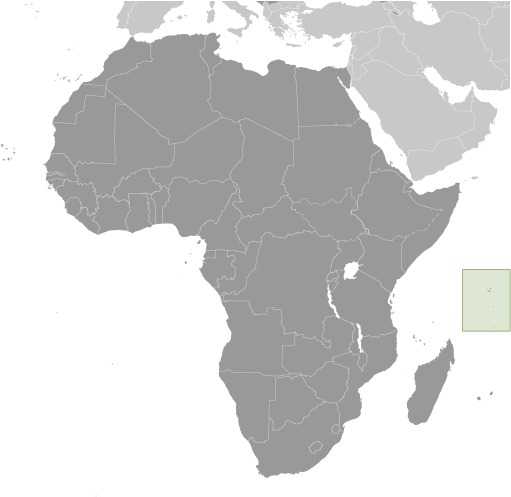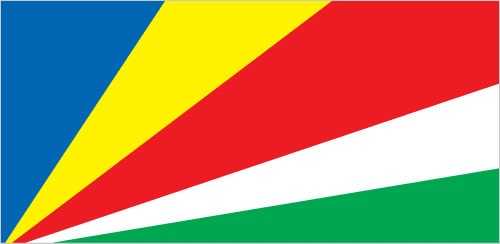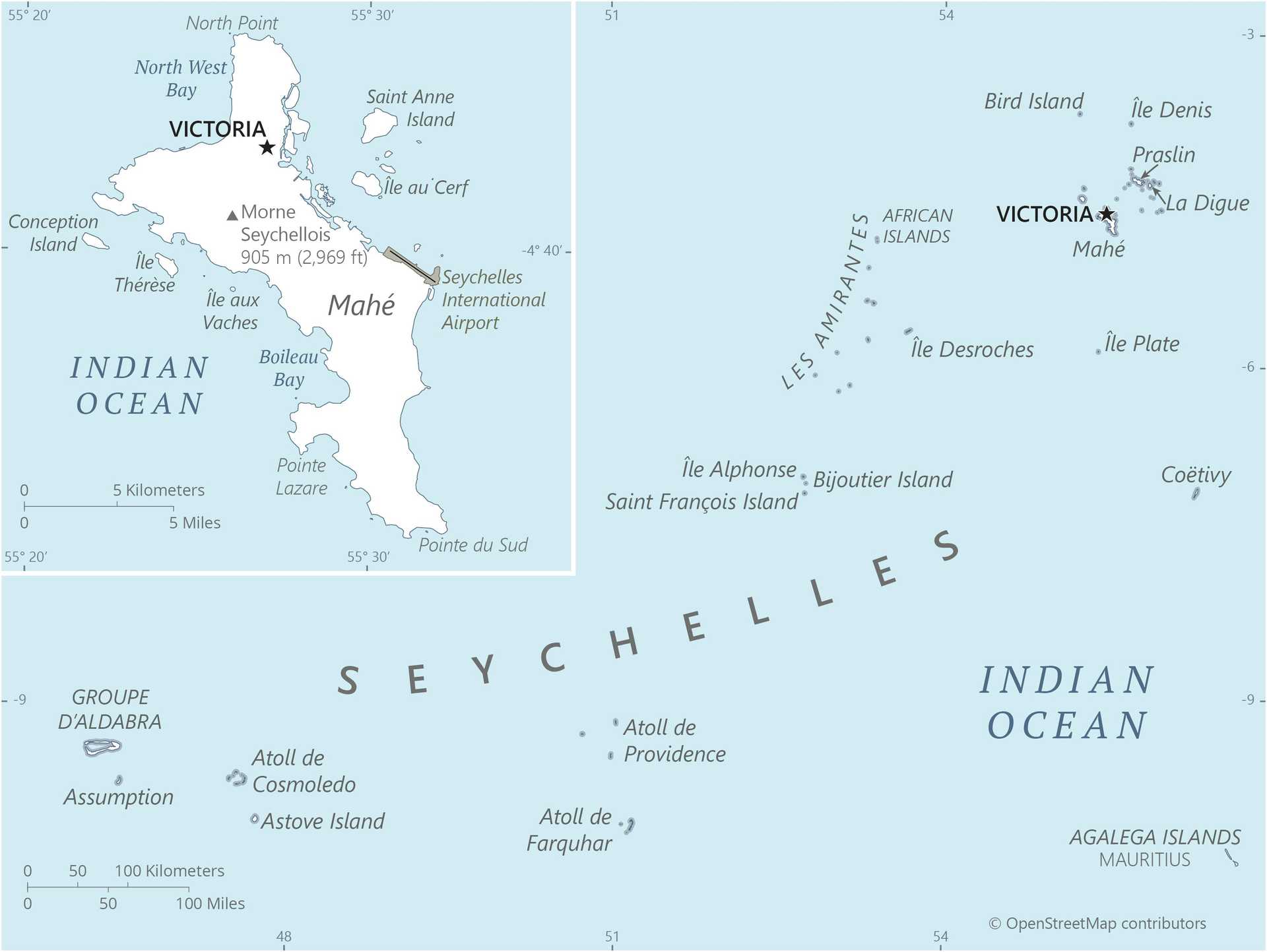Introduction
Background
Seychelles was uninhabited before Europeans discovered the islands early in the 16th century. After a lengthy struggle, France eventually ceded control of the islands to Great Britain in 1814. Seychelles gained independence in 1976.
Geography
Area
total : 455 sq km
land: 455 sq km
water: 0 sq km
Climate
tropical marine; humid; cooler season during southeast monsoon (late May to September); warmer season during northwest monsoon (March to May)
Natural resources
fish, coconuts (copra), cinnamon trees
People and Society
Population
total: 98,187
Ethnic groups
predominantly Creole (mainly of East African and Malagasy heritage); also French, Indian, Chinese, and Arab populations
Languages
Seychellois Creole (official) 89.1%, English (official) 5.1%, French (official) 0.7%, other 3.8%, unspecified 1.4% (2010 est.)
Religions
Roman Catholic 76.2%, Protestant 10.5% (Anglican 6.1%, Pentecostal Assembly 1.5%, Seventh Day Adventist 1.2%, other Protestant 1.7%), other Christian 2.4%, Hindu 2.4%, Muslim 1.6%, other non-Christian 1.1%, unspecified 4.8%, none 0.9% (2010 est.)
Population growth rate
0.56% (2024 est.)
Government
Government type
presidential republic
Capital
name: Victoria
Executive branch
chief of state: President Wavel RAMKALAWAN (since 26 October 2020)
head of government: President Wavel RAMKALAWAN (since 26 October 2020)
Legislative branch
description: unicameral National Assembly or Assemblee Nationale (35 seats in the 2020-25 term; 26 members directly elected in single-seat constituencies by simple majority vote and up to 9 members elected by proportional representation vote; members serve 5-year terms)
Economy
Economic overview
high-income Indian Ocean island economy; rapidly growing tourism sector; major tuna exporter; offshore financial hub; environmentally fragile and investing in ocean rise mitigation; recently discovered offshore oil potential; successful anticorruption efforts
Real GDP (purchasing power parity)
$3.53 billion (2023 est.)
$3.421 billion (2022 est.)
$2.976 billion (2021 est.)
Real GDP per capita
$29,500 (2023 est.)
$28,500 (2022 est.)
$30,000 (2021 est.)
Agricultural products
coconuts, vegetables, bananas, eggs, chicken, pork, fruits, tomatoes, tropical fruits, cassava (2022)
Industries
fishing, tourism, beverages
Exports
$2.375 billion (2023 est.)
$2.247 billion (2022 est.)
$1.751 billion (2021 est.)
Exports - partners
UAE 18%, France 17%, UK 9%, Mauritius 9%, Japan 8% (2022)
Exports - commodities
fish, refined petroleum, ships, aircraft, animal meal (2022)
Imports
$2.437 billion (2023 est.)
$2.298 billion (2022 est.)
$1.821 billion (2021 est.)
Imports - partners
UAE 22%, Netherlands 14%, Cayman Islands 7%, France 6%, China 6% (2022)
Imports - commodities
ships, refined petroleum, fish, plastic products, cars (2022)
Exchange rates
Seychelles rupees (SCR) per US dollar -
Page last updated: Wednesday, July 24, 2024




